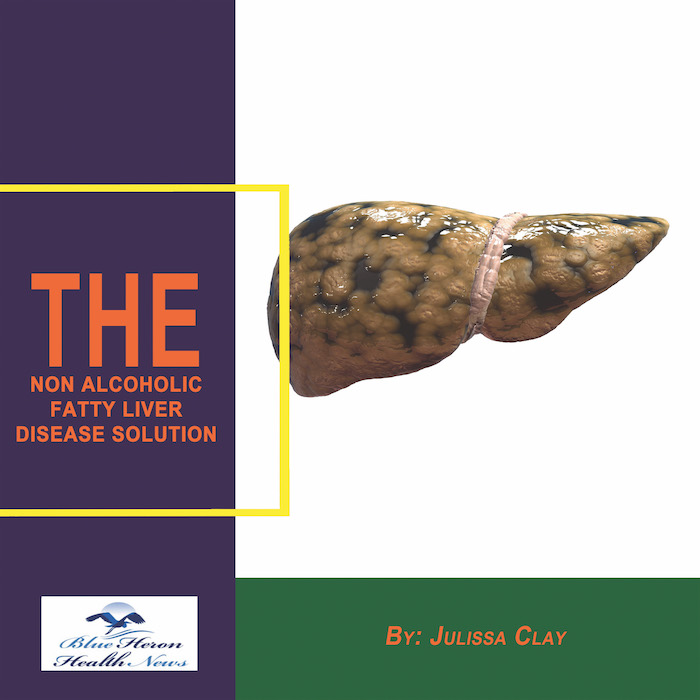
The Non Alcoholic Fatty Liver Strategy™ By Julissa Clay the program discussed in the eBook, Non Alcoholic Fatty Liver Strategy, has been designed to improve the health of your liver just by eliminating the factors and reversing the effects caused by your fatty liver. It has been made an easy-to-follow program by breaking it up into lists of recipes and stepwise instructions. Everyone can use this clinically proven program without any risk. You can claim your money back within 60 days if its results are not appealing to you.
What blood tests are used to diagnose fatty liver disease?
Blood Tests Used to Diagnose Fatty Liver Disease (NAFLD & AFLD)
Fatty liver disease (FLD) occurs when excess fat accumulates in the liver, which can be caused by non-alcoholic factors (NAFLD) or alcohol consumption (AFLD). Since fatty liver is often asymptomatic in early stages, blood tests are crucial for diagnosis, monitoring, and ruling out other liver conditions.
1. Key Blood Tests for Fatty Liver Disease Diagnosis
| Blood Test | What It Measures | Why It’s Important for Fatty Liver |
|---|---|---|
| Liver Function Tests (LFTs) | AST, ALT, ALP, Bilirubin, Albumin | Detects liver inflammation, damage, or dysfunction. |
| Alanine Aminotransferase (ALT) | Liver enzyme | Elevated in liver cell damage, often higher than AST in NAFLD. |
| Aspartate Aminotransferase (AST) | Liver enzyme | Increased in liver damage, often higher than ALT in AFLD. |
| AST/ALT Ratio | AST ÷ ALT | Helps differentiate NAFLD (<1) vs. AFLD (>2). |
| Alkaline Phosphatase (ALP) | Liver and bone enzyme | Can indicate bile duct issues or liver damage. |
| Gamma-Glutamyl Transferase (GGT) | Liver enzyme | Elevated in alcohol-related liver disease (AFLD). |
| Bilirubin | Breakdown product of red blood cells | High levels may indicate advanced liver disease. |
| Albumin & Total Protein | Liver-produced proteins | Low levels suggest liver dysfunction. |
| Prothrombin Time (PT)/INR | Blood clotting function | A prolonged PT/INR indicates impaired liver function. |
2. Additional Tests to Identify Underlying Causes & Risks
| Test | Purpose | Why It’s Relevant for Fatty Liver |
|---|---|---|
| Lipid Panel | Measures cholesterol & triglycerides | High levels increase NAFLD risk. |
| Fasting Blood Glucose (FBG) | Checks blood sugar levels | Insulin resistance is a major NAFLD factor. |
| Hemoglobin A1C (HbA1C) | Average blood sugar over 3 months | Detects prediabetes or diabetes, common in NAFLD. |
| Insulin & HOMA-IR | Measures insulin resistance | Insulin resistance contributes to liver fat accumulation. |
| C-Reactive Protein (CRP) | Measures inflammation | High levels indicate chronic inflammation, common in fatty liver. |
| Ferritin & Iron Panel | Checks iron levels | High ferritin may indicate liver inflammation or hemochromatosis. |
| Thyroid Function Tests (TSH, T3, T4) | Evaluates thyroid health | Hypothyroidism is linked to NAFLD. |
3. Specialized Tests for Liver Fibrosis & Advanced Fatty Liver Disease (NASH, Cirrhosis)
If blood tests suggest significant liver damage, additional markers can help determine fibrosis severity:
| Test | What It Measures | Why It’s Important |
|---|---|---|
| Fibrosis Score (FIB-4 Index) | AST, ALT, Platelets, Age | Predicts fibrosis severity. |
| NAFLD Fibrosis Score (NFS) | Age, BMI, AST, ALT, Platelets, Albumin | Assesses fibrosis risk in NAFLD. |
| Enhanced Liver Fibrosis (ELF) Test | Markers of fibrosis | Identifies liver scarring. |
| Hepatitis B & C Tests | Viral liver infections | Rules out other causes of liver damage. |
4. Interpreting Blood Test Results
- Mildly Elevated ALT & AST → Suggests early fatty liver (NAFLD or AFLD).
- ALT > AST → More common in NAFLD.
- AST > ALT (Ratio >2:1) → Suggests alcohol-related liver disease (AFLD).
- Elevated GGT & ALP → Possible bile duct issues or liver damage from alcohol.
- Low Albumin, High INR, High Bilirubin → Indicates severe liver damage or cirrhosis.
5. Next Steps After Blood Tests
If fatty liver is suspected, imaging tests like ultrasound, FibroScan, or MRI may be recommended to confirm liver fat accumulation and assess fibrosis severity.
Would you like guidance on how to improve liver health after diagnosis?
The Non Alcoholic Fatty Liver Strategy™ By Julissa Clay the program discussed in the eBook, Non Alcoholic Fatty Liver Strategy, has been designed to improve the health of your liver just by eliminating the factors and reversing the effects caused by your fatty liver. It has been made an easy-to-follow program by breaking it up into lists of recipes and stepwise instructions. Everyone can use this clinically proven program without any risk. You can claim your money back within 60 days if its results are not appealing to you